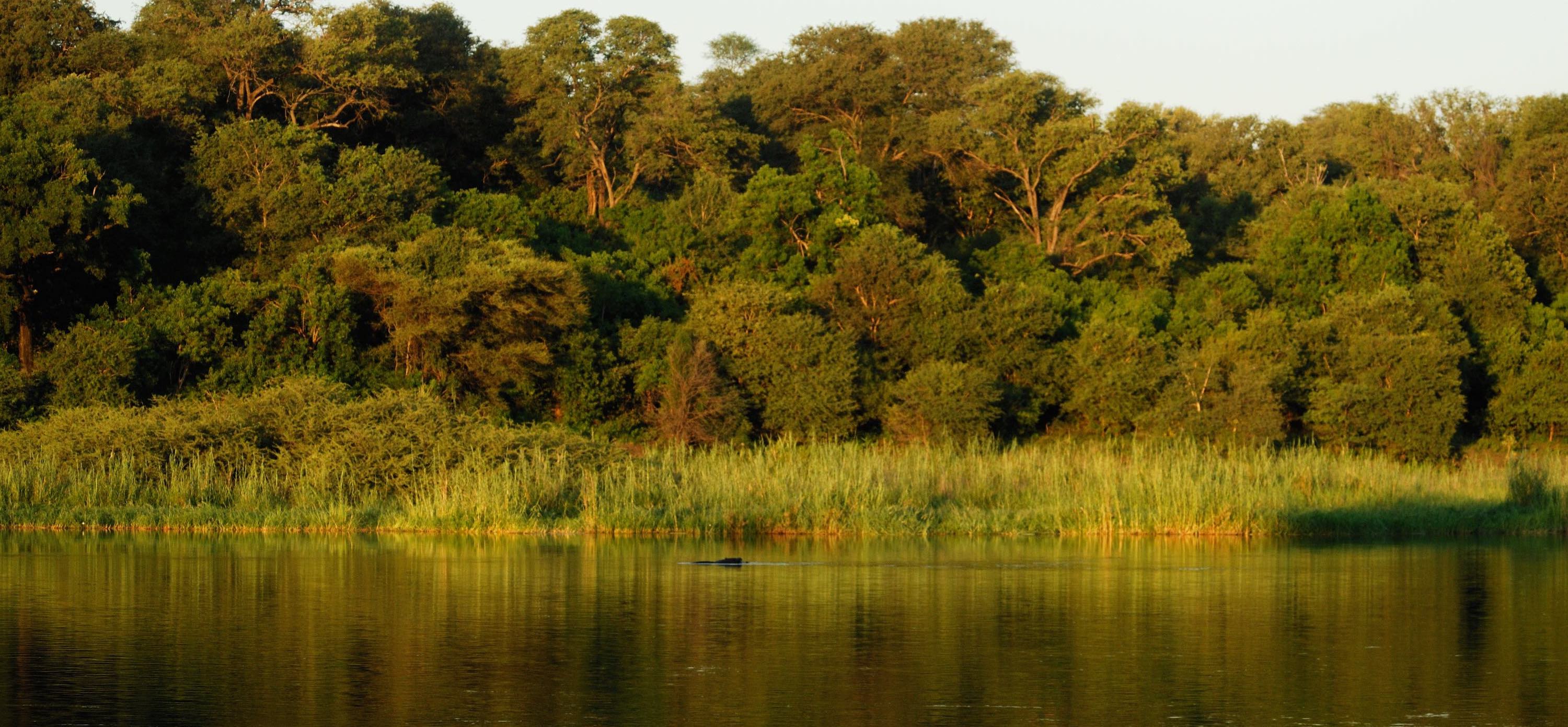
In my previous article, I outlined the current contributions of photographic and hunting tourism to communal conservancies and household incomes. Tourism makes a significant contribution to conservancies and some of the people who live in these areas. However, more can be done to make conservancies more resilient and inclusive.
Here, I argue that conservancies in the Zambezi Region, where I have focused my research, can increase the value of tourism at the local level and use this income to expand other economic activities. Doing this requires investment into good governance and management of communal conservancies, which are local institutions that have the mandate to conserve wildlife and generate benefits for their communities.
Intensify value creation from wildlife within tourism
The tourism sector continues to grow, offering opportunities for increased value addition in many areas. Around the world we can see economies that have benefited significantly from tourism as a source of income and a catalyst for economic growth. But this is not an automatic process. We cannot expect tourism dollars to trickle down without tailored, place-specific accompanying policies. To effectively stimulate the regional economy, tourism policy should focus on diversifying tourism products, promoting knowledge transfer and strengthening linkages between local businesses and existing tourism operations.
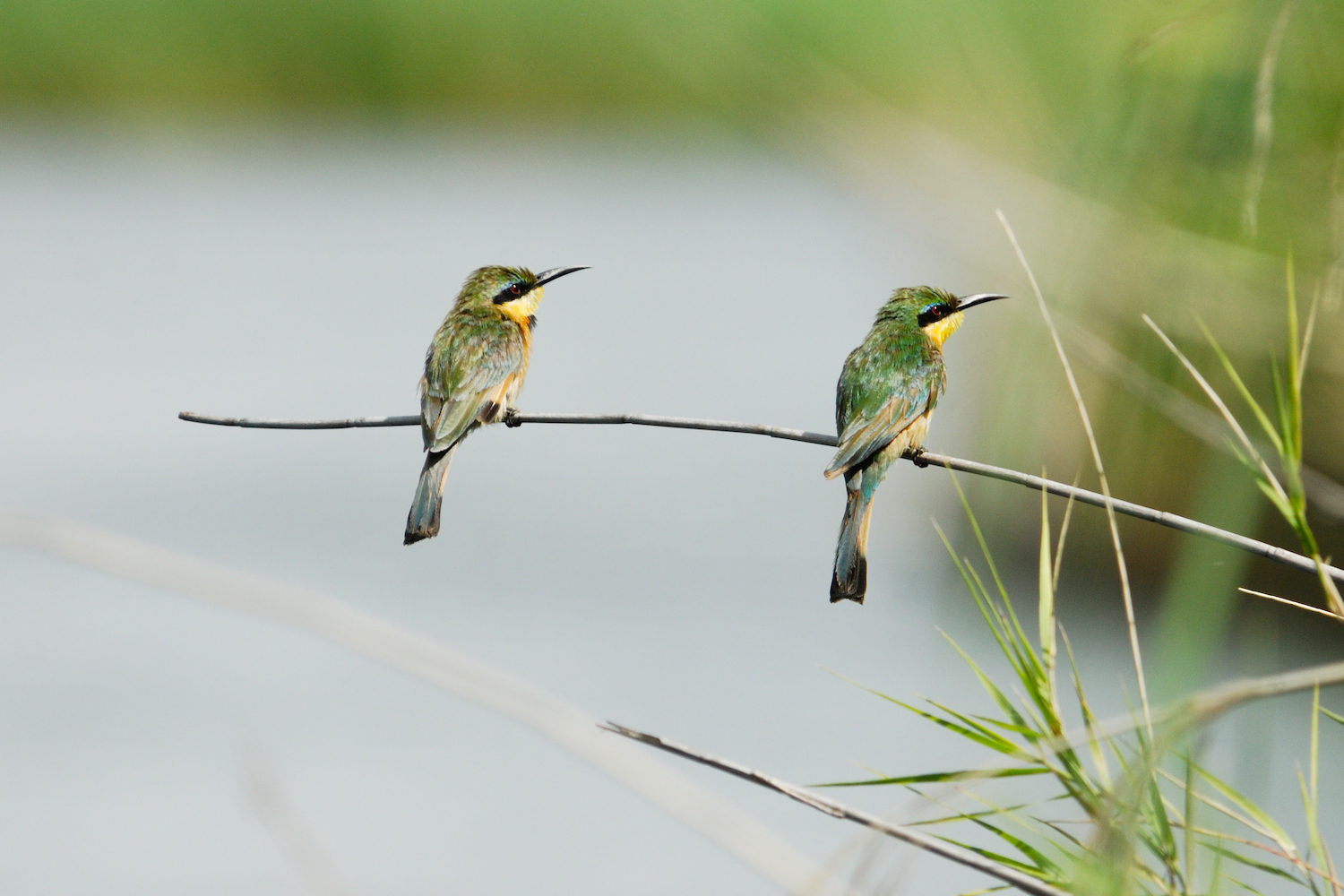
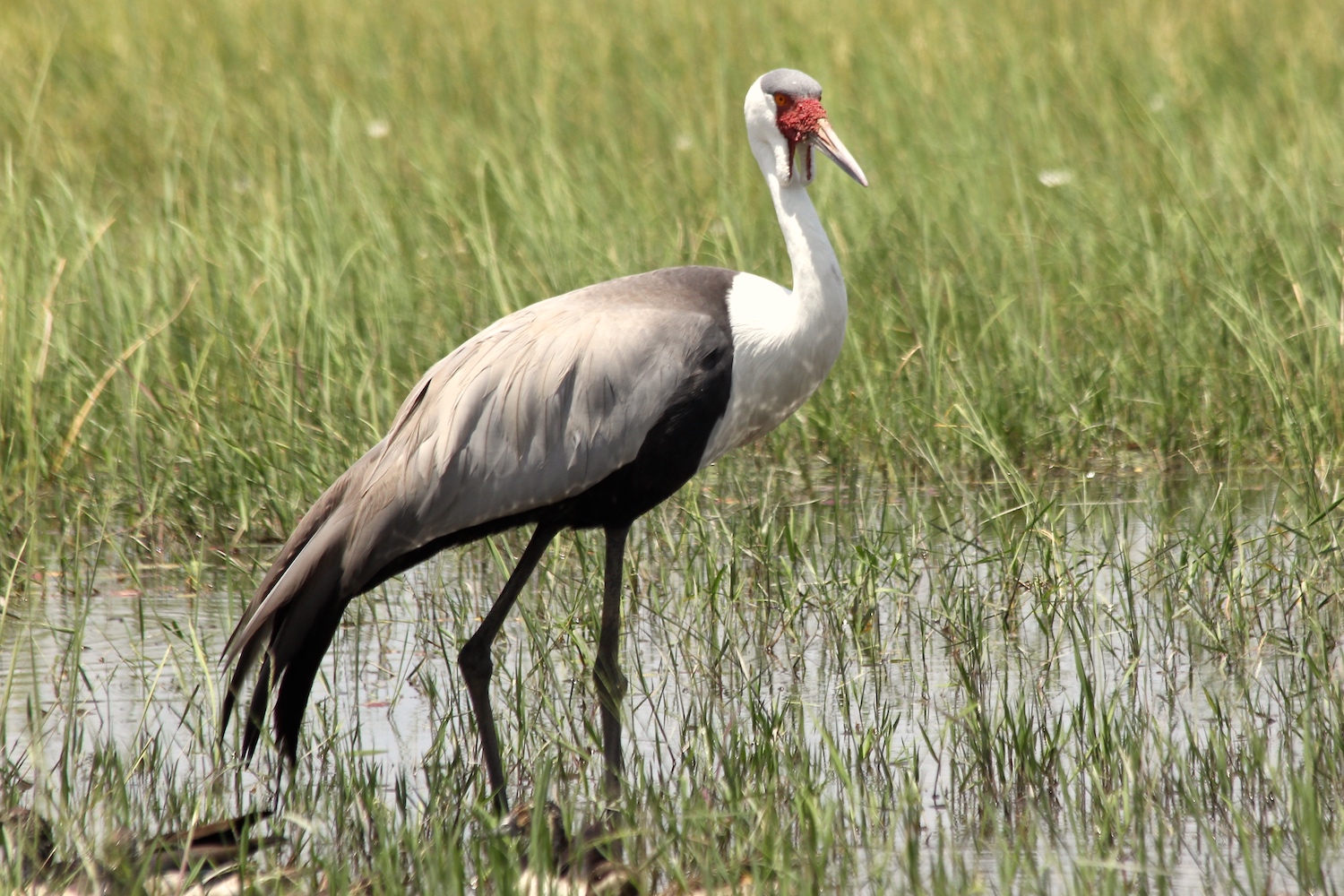
Increasing the variety and quantity of excursions and activities in the region can increase the length of stay of tourists and boost tourism expenditure. Cultural tourism, including historical tours, culinary experiences and exposure to local crafts, music and dance, has untapped potential. Adventure tourism, such as canoeing, mountain biking and off-road driving, can also attract visitors. Agro-tourism – where guests visit working farms to experience how people live off the land – can promote linkages between the agricultural and tourism sectors in the Zambezi Region.
Diversification includes expanding the target market by increasing tourism options. Attracting backpackers and budget travellers can increase the number of local stakeholders in the tourism sector and improve the destination's resilience to external shocks. Taking inspiration from established backpacker destinations such as Livingstone and Victoria Falls, efforts can be made to attract these tourists to the Zambezi Region. This lower-priced market segment offers opportunities for local entrepreneurs to participate through bed and breakfast accommodation or by offering unique local experiences.
Supporting national labour policies that require lodges and hunting camps to train local employees in management positions can accelerate the absorption of entrepreneurial knowledge in the region. However, in order to ensure a lasting impact on the regional economy, it is crucial to cultivate and consolidate this knowledge within educational institutions. Establishing a vocational training centre and an ecotourism department at the regional University of Namibia campus are two steps in the right direction.

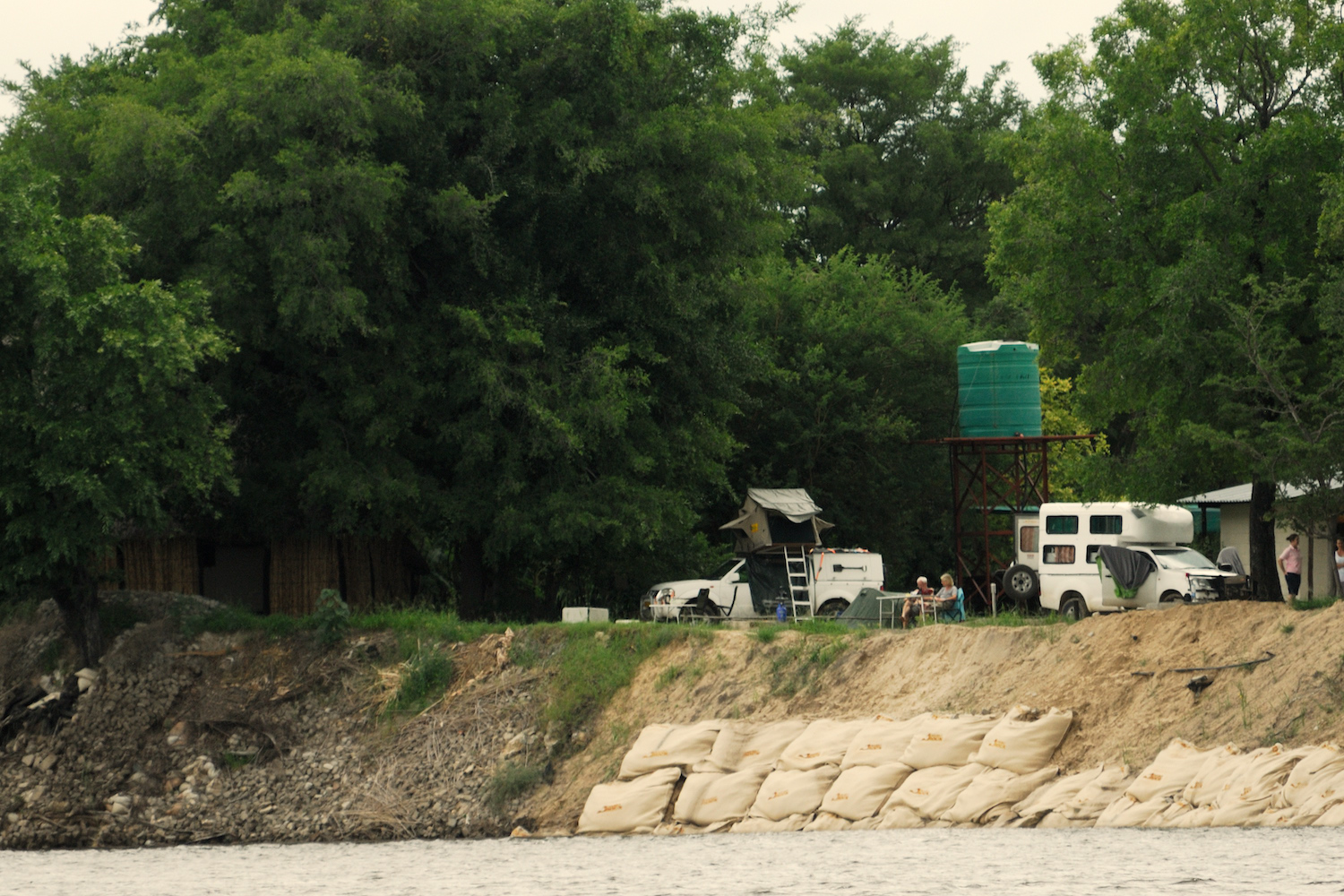
The institutions offering these courses must adapt their curricula by working with industry stakeholders and policy makers, thus matching their graduates' skillsets to industry requirements. This will help to provide alumni with a real perspective after graduation. Successful training, however, relies on the support from private companies, be it via teaching, offering internships, or stipends. Existing regional tourism forums provide an appropriate platform to encourage mutual exchange among all actors involved in tourism and to create a joint vision.
When tourism operations rely on bringing goods and services into the region from urban centres further away (e.g. Windhoek), an opportunity is missed to increase the local economic benefits from tourism. Sourcing lodge construction materials locally, linking self-employed tour guides to lodges, and sourcing local agricultural products such as meat, eggs and dairy products will increase the local value of tourism. Establishing marketplaces and platforms using technology (e.g. WhatsApp or Telegram groups) for information exchange between local producers or service providers and lodge owners can address challenges related to quality, supply reliability and unstable demand.
Unlock the wildlife economy beyond tourism
In addition to tourism, there is untapped potential for adding value to wildlife products in the Zambezi Region. Currently, the hides of cattle and many hunted animals go unused, although the latter are sent for taxidermy elsewhere in Namibia when they are generated from hunting tourism. This presents an opportunity for establishing a business that processes the skins of cattle and hunted animals and prepares them for export. Such a venture could involve activities like tanning and basic taxidermy. Furthermore, meat from animals hunted in conservancies could be used to produce biltong, a popular and high value dried meat snack in Namibia, which would then be sold. Exploring the production of dog food or bone meal (a fertiliser) and hide glue could add further value to wildlife products.
In addition to these more regional approaches, there is also a global dimension. There are good reasons for and against legalising the trade in high value wildlife products such as rhino horn and elephant ivory. However, further research could explore the potential of legalised and well-regulated trade in wildlife products to fund conservation efforts. Local institutions like communal conservancies would be key to facilitating the production and trade in a way that is ecologically sustainable and beneficial for local communities. When the institutional framework is set, accompanying policies are in place and law enforcement secured, these animal products might have the potential to displace illegal trade and contribute to economic growth and sustainability in the Zambezi Region.

Foster entrepreneurship and local business in non-wildlife sectors
It is in the long-term interest of conservancies to safeguard wildlife habitats. If you make sure that economic activities create more value using less land, more space will be available for wildlife. Cultivating soils to increase fertility, processing agricultural products to add value and developing economic activities not linked with agricultural production are ways to stimulate economic growth for a growing population without increasing pressure on the land. To take just one example, mango production in the region is steadily increasing, but much of the fruit goes to waste. There is potential here that is not being explored.
Conservancy members have plenty entrepreneurial ideas, but little means to pursue them. The conservancy could create structures that assist in setting up businesses, invest in its members and create a space where small businesses flourish without harming the environment.
Tourism revenues generated by conservancies should therefore be used strategically to stimulate other economic activities that are in line with conservation goals. By investing tourism revenues in initiatives such as sustainable agriculture, eco-friendly industries or community-based enterprises, conservancies can promote a more balanced and resilient regional economy. This approach would not only reduce dependence on tourism, but also contribute to long-term environmental and social sustainability.
It is in the interests of government, conservancies, the education sector, civil society and leading conservation organisations alike to create an enabling business environment to promote local entrepreneurship. This includes access to finance, such as micro-credit programmes, but also training in basic business skills, mentoring programmes and business development services. Local entrepreneurs need infrastructure to access markets, supportive institutions and networks (e.g. business incubators), along with supportive government policies. Addressing these factors can create an enabling environment for local businesses that will benefit the whole region.
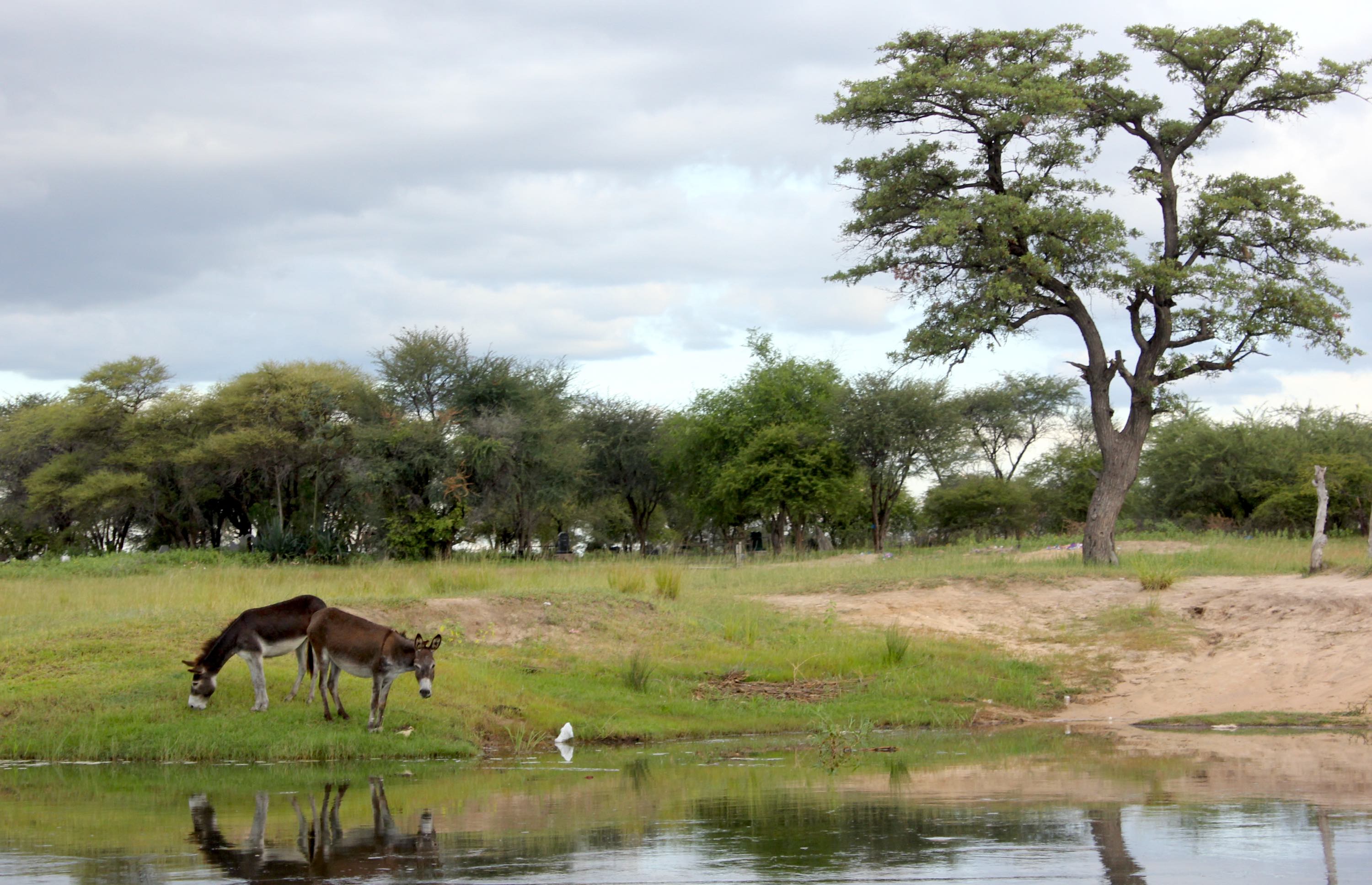
Build resilient institutions to coordinate regional development
What is the role of conservancies in all this? One of the greatest achievements of Namibia's Community-based Natural Resource Management (CBNRM) programme has been the creation of local, democratic institutions capable of managing multiple land uses and coordinating conflicting interests. This is a valuable achievement that should not be underestimated. While the main purpose of conservancies is the management of conservation activities, more needs to be done to strengthen their effectiveness in delivering positive development outcomes.
Conservancies are already taking on important community responsibilities that affect people's lives: they are involved in decisions about when and where to graze cattle, where to develop new farmland, building schools and hospitals, and setting aside attractive areas for tourism development. Since conservancies already play these roles in land use planning, why not go a step further and integrate long-term strategic plans for regional development into conservancy plans? Expanding the scope of conservancies will assist communities to achieve conservation, empowerment and development in a planned and integrated manner.
If conservancies are to take on new responsibilities, or even improve their current performance, they need to become resilient institutions. Building resilient institutions requires the professionalisation of conservancy management and financial stability, which requires a change in the current state of conservancy employment practices.
In the interests of democracy, conservancy boards who oversee conservancies on behalf of the members must be trusted local people. However, it is not necessary to recruit conservancy managers from local communities to maintain the democratic nature of conservancies. While management positions are often seen as local job creation, many current conservancy managers lack the necessary education and experience needed to managing large funds. To enable long-term strategic planning, conservancies should consider recruiting outsiders with strong experience and business skills. Even if these outsiders require more competitive salaries, this should be seen as an investment: good management will improve the state of conservancy finances and thus cover the cost of employing a suitably qualified individual and create more jobs for local residents in the long run.
Conclusion
While Namibia's CBNRM programme has achieved notable successes, there is a need to address the limitations of relying solely on tourism for regional development. Tourism will remain an important source of income for conservancies in the near future, but COVID-19 has taught us not to put all of our eggs in the tourism basket.
In the short term, conservancies need to increase the value captured from tourism-related industries in the local economy. This increased income must be better managed by employing the right people in key management positions. In the medium- to long-term, conservancies should invest in other sectors that will diversify income within the region and reduce dependency on tourism. As a democratically legitimised, regionally anchored institution, the conservancy can play a crucial role in lifting the weight of history by economically empowering the residents of formerly neglected rural areas in Namibia.
Any strategic development plan requires a detailed assessment of local conditions. Namibia's conservancies are very diverse, as are the business opportunities in the different regions. While conservancies provide a useful intersection between global donors, investors, researchers and visitors and local communities, conservancy members are best placed to identify solutions that are most suitable for their local situation. Good governance and democratic decision-making processes will therefore remain key ingredients for success in conservancies.
Finally, although this article has focused primarily on economics, it is important to recognise that the value of wildlife goes far beyond financial considerations. The resurgence of wildlife in areas where it has previously been eradicated has immense significance. It provides an opportunity for communities to rebuild and redefine their relationship with wildlife and to engage in meaningful conversations about the role it should play in their lives. Perspectives on wildlife are deeply intertwined with identity and culture, which must be considered alongside economic issues when planning a future where humans and wildlife can coexist and thrive.
If you enjoyed this page, then you might also like:

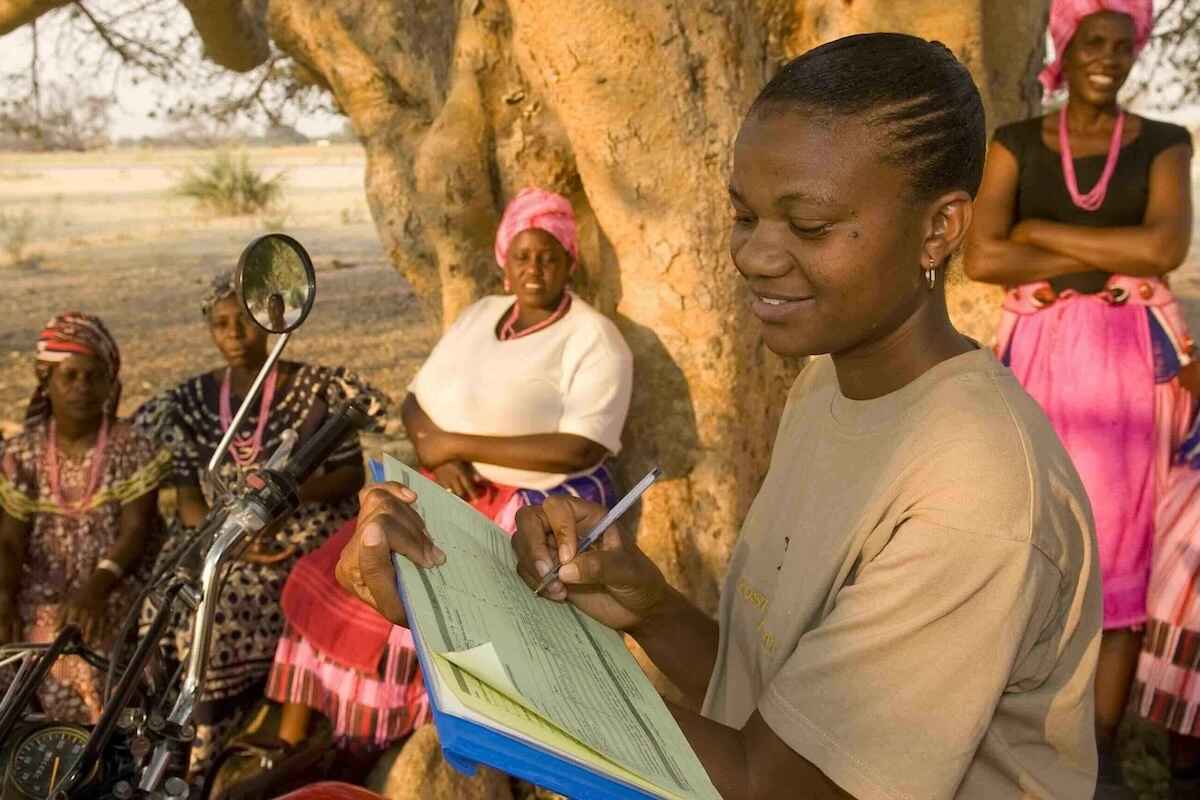

For articles on similar topics, please click one of the following options:
This blog post is a summary of a number of scientific articles published in recent years within the framework of the Collaborative Research Centre 228: Future Rural Africa (crc-trr228.de). Scientific collaboration with researchers from UNAM has been crucial for data collection, analysis and interpretation. Views are my own. Please refer to the original articles below for more detailed information:
Kalvelage, L. (2023): Chapter 13 - Hunting for Development: Global production networks and the commodification of wildlife in Namibia. In: Ed: Currey, J.: Conservation, Markets, And The Environment In Southern And Eastern Africa Commodifying The 'Wild', edited by J. Currey. https://www.jstor.org/stable/jj.3643592.19
Kalvelage, L.; Revilla Diez, J.: Bollig, M. (2023): Valuing Nature in Global Production Networks: Hunting Tourism and the Weight of History in Zambezi, Namibia Annals of the American Association of Geographers, online first. https://www.tandfonline.com/doi/full/10.1080/24694452.2023.2200468
Vehrs, H.; Kalvelage, L.; R. Nghitevelekwa (2022): The Power of Dissonance: Inconsistent Relations Between Travelling Ideas And Local Realities in Community Conservation in Namibia's Zambezi Region Conservation and Society, online first. The-Power-of-Dissonance.pdf
Hulke, C.; Kalvelage, L.; Kairu, J.; Revilla Diez, J.; P. Rutina (2022): Navigating through the storm: conservancies as local institutions for regional resilience in Zambezi, Namibia. Cambridge Journal of Regions, Economy and Society, online first. Navigating-through-the-storm.pdf
Kalvelage, L.; Revilla Diez, J.: Bollig, M. (2021): Do tar roads bring tourism? Growth corridor policy and tourism development in the Zambezi region, Namibia. European Journal of Development Research, 1-22. https://link.springer.com/article/10.1057/s41287-021-00402-3
Kalvelage, L.; Revilla Diez, J.; Bollig, M. (2020): How much remains? Local value capture from tourism in Zambezi, Namibia. Tourism Geographies, 1-22. https://www.tandfonline.com/doi/full/10.1080/14616688.2020.1786154
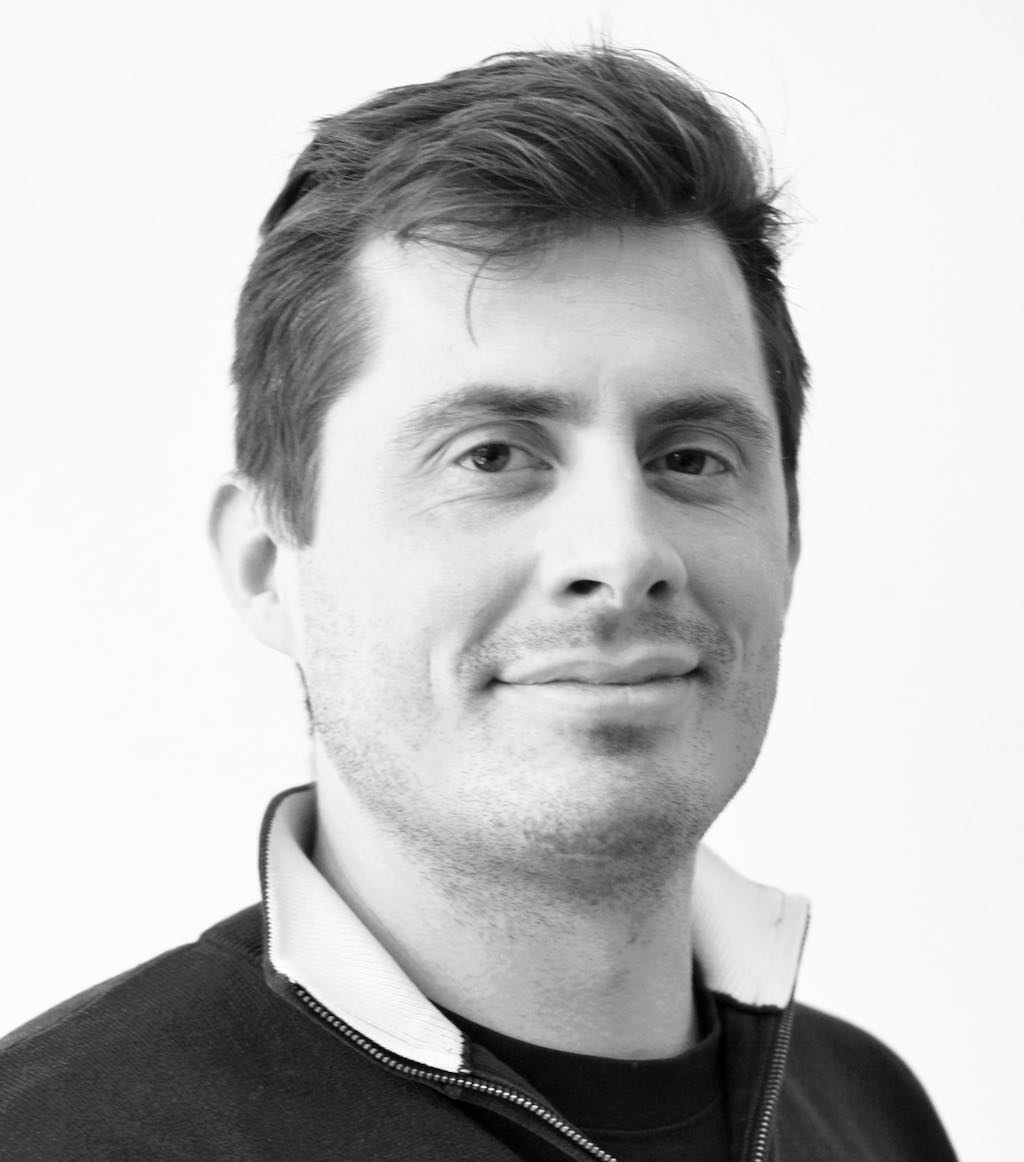
We use cookies to monitor site usage and to help improve it. See our Privacy Policy for details. By continuing to use the site, you acknowledge acceptance of our policy.